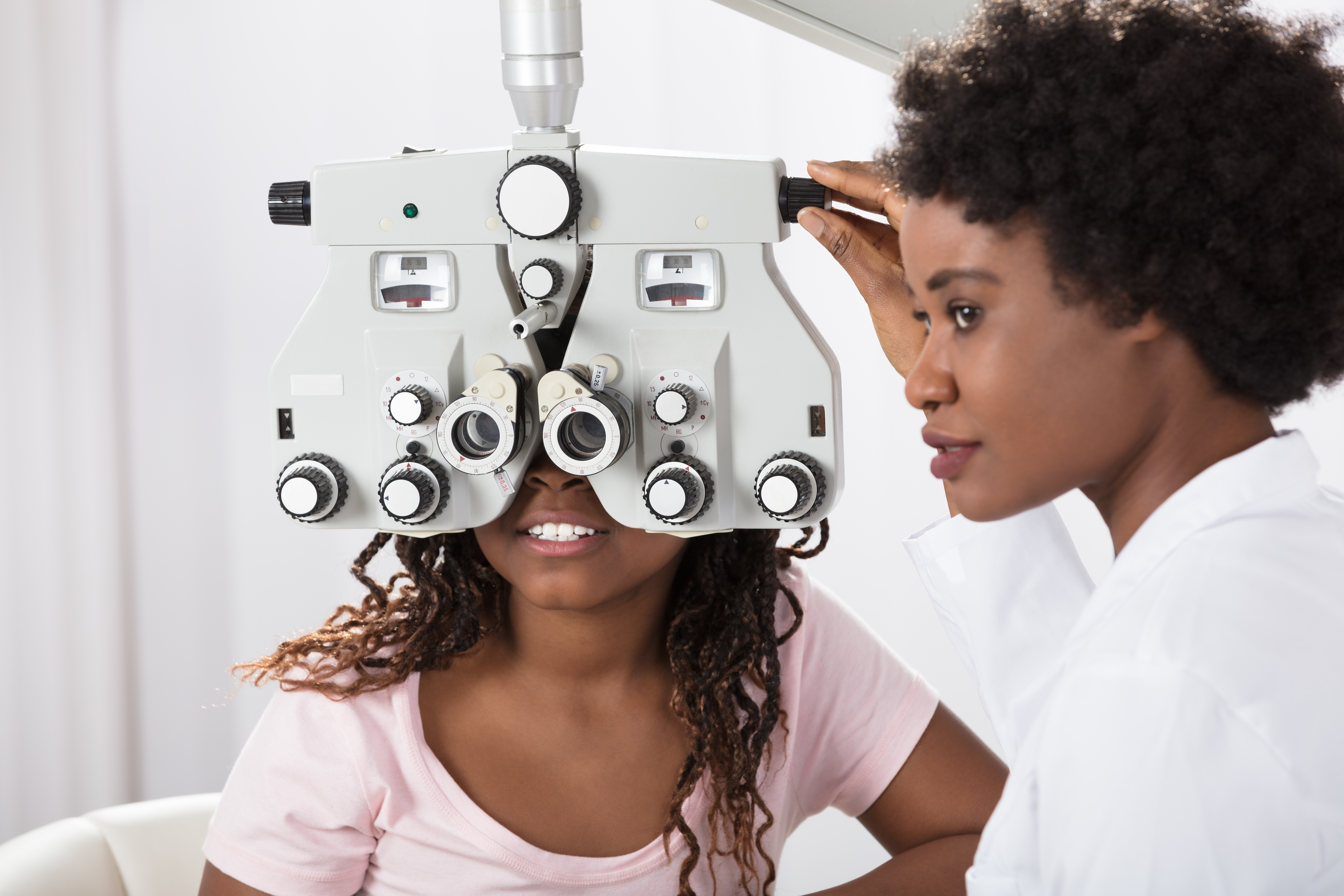What do cataract, dry eye, glaucoma and age-related macular degeneration have in common? They’re more prevalent in women.

In fact, vision and eye conditions across the board disproportionately affect women. That’s why April serves as Women’s Eye Health and Safety Month, giving patients and advocates an opportunity to raise awareness, increase public education and urge women to prioritize their vision health.
Women face multiple risk factors. The chance of vision and eye conditions increases with age, so women’s longer life spans make them more susceptible to these age-related conditions. Women are also more prone to autoimmune conditions, many of which have visual symptoms.
But too often, women don’t know their disproportionate risk. A survey conducted on behalf of Prevent Blindness revealed that 86% of women incorrectly believe men and women are at equal risk for vision impairment.
The lack of knowledge about vision and eye conditions stems from limited public awareness. Inadequate information impedes patient care by leaving people unaware of their health risks and the benefits of routine care. In the absence of preventive care, conditions can progress without causing noticeable symptoms.
But at the core of women’s vision health lies difficulty accessing care. Limited insurance coverage, high out-of-pocket costs and provider scarcity prevent patients from accessing the care they need.
Women’s complex vision and eye health challenges demand attention and action. This month, more robust public education and efforts to eliminate access barriers serve as an important starting point for advocates and policymakers.

